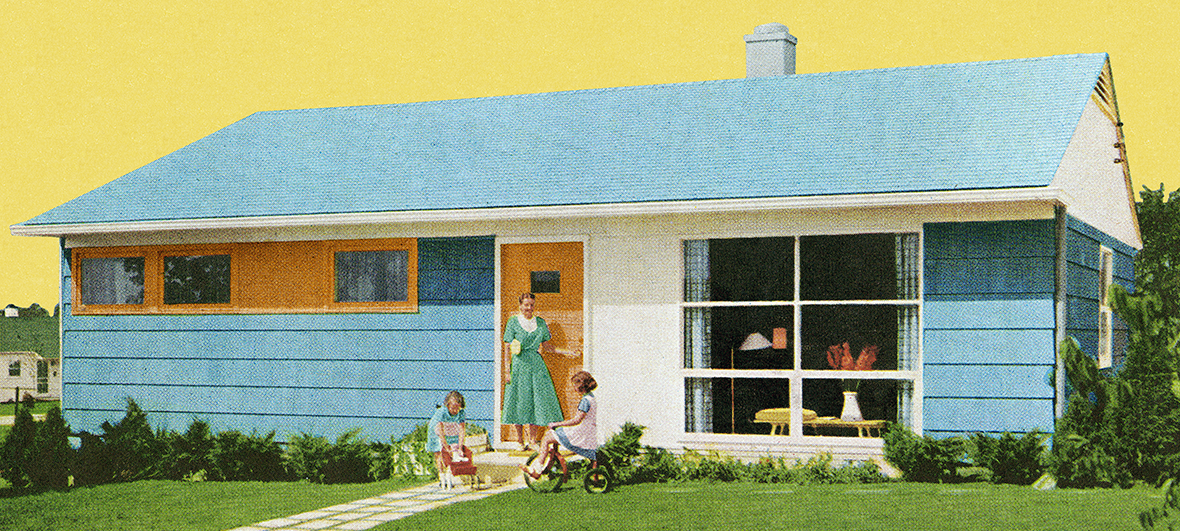Australians must move beyond hazy fantasies of a freestanding house on a quarter-acre block and look to Asian “new towns” for a more resilient model of living.
Chief executive of the Asia Society Australia Philipp Ivanov, says that our metropolitan centres need to find a way to live more sustainably in order to cope with ongoing environmental challenges.
“This century, this is something that Australia as a country will need to deal with in a better way. Cities, particularly Sydney being the fastest growing and the largest city in Australia, will have to look at the Asian cities’ innovations and adapt some of them here,” he says.
“This means living in smaller spaces, whether that’s houses or apartments, and consuming less water and electricity. This is something that Asian cities have been dealing with for a very long time because they always had that challenge of constrained spaces and very high populations.”
According to AECOM’s yet to be released Housing Solutions for Global Cities Report the lack of affordable housing is the chief threat for the long-term resilience of key global cities.

“In almost every major city in the world, workers at all income levels face mounting challenges to find decent and accessible housing. This, in turn, contributes to mounting challenges for employers trying to attract and retain talent,” the report says.
Ivanov says the projects outlined in the book Jigsaw City – AECOM’s Redefinition of the Asian New Town provide important insights into how Asia has urbanised, and may even provide solutions for Australia.
“Jigsaw City complements my own observations during travel in China and South East Asia. As these regional economies have become more developed, the depletion of natural resources has become a primary issue to manage,” he says.
“The ever-growing local population have high expectations for improved, integrated lifestyles supported by government, real estate developers and local businesses. They demand high quality, and sustainable amenities.”
AECOM’s Housing Solutions for Global Cities Report says that streamlining regulations to make it easier for developers to build more housing is just one solution to the problem.
“Beyond simplifying regulations overall, cities are also beginning to embrace new, lower-cost building technologies like modular construction,” the report says.
“new towns”- one that the inhabitants of Australia’s largest cities should consider.

“While still meeting basic health and safety standards, new building types can help cut costs and deliver new housing faster and more efficiently than traditional wood, concrete and steel- frame construction methods.”
The report also says that cities like Sydney could investigate retrofitting existing housing stock to meet changing needs.
“As the sharing economy grows and as consumer preferences for long-term tenure at a fixed location change, it is likely that shared housing services like WeLive will play an increasingly important role in delivering new types of choices to housing consumers,” the report says.
With this move away from the quarter-acre block, Mr Ivanov says that the projects discussed in Jigsaw City provide a roadmap to successful urbanisation and reveal the evolution of Asian
“There is a realisation that cities cannot grow indefinitely, leading to the idea of combining several new towns into one larger vision,” he says.
“We have challenges with climate change and the environment, but it’s particularly important that we can’t grow in width indefinitely, and we have to do what we can to ensure that the space that we have within our current city limits can be used effectively in a more sustainable manner.”
